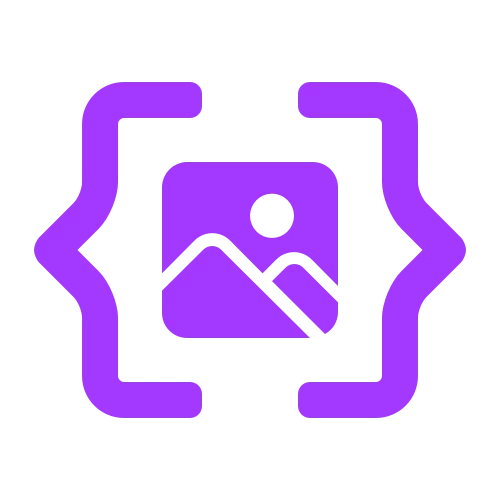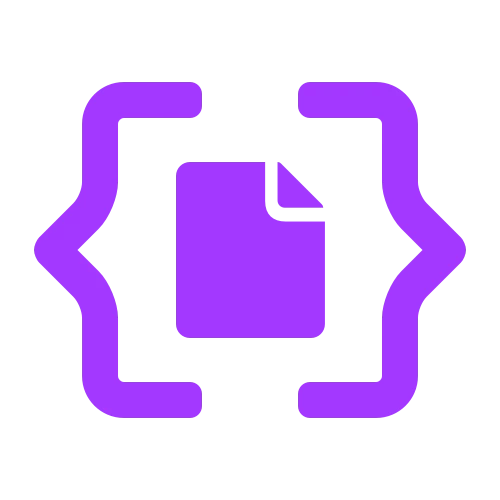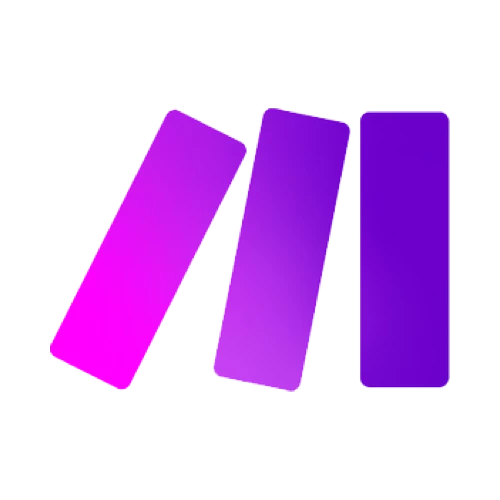We're so excited about the possibilities of GPT-3, and have been talking to ChatGPT a lot lately. (Sometimes it even helps us code 🤓) But it's especially exciting to combine its power with nocode workflows, making AI automations much more accessible.
That's why we love Connor Finlayson's video tutorial series around an AI-powered book recommendation engine built with nocode tools and GPT-3.
Visit the live project booknotes.ai that he built in the first part using the website builder Webflow and AI-generated content.
In the second part of the series he's automatically creating and scheduling Instagram postings using these tools:
- Make as a workflow automation tool
- Airtable as a database for the postings and as content calendar
- GPT-3 to generate the posting text
- Placid to generate visuals

Workflow overview
To automate the Instagram channel for booknotes.ai, Connor is using two Make scenarios:
- The first one is triggered by a webhook. It fetches the book's data from Airtable, generates posting texts (GPT-3) & visuals (Placid) and saves them back to the content calendar in Airtable.
- The second one publishes the scheduled postings from Airtable to Instagram (checking its status and planned posting date).
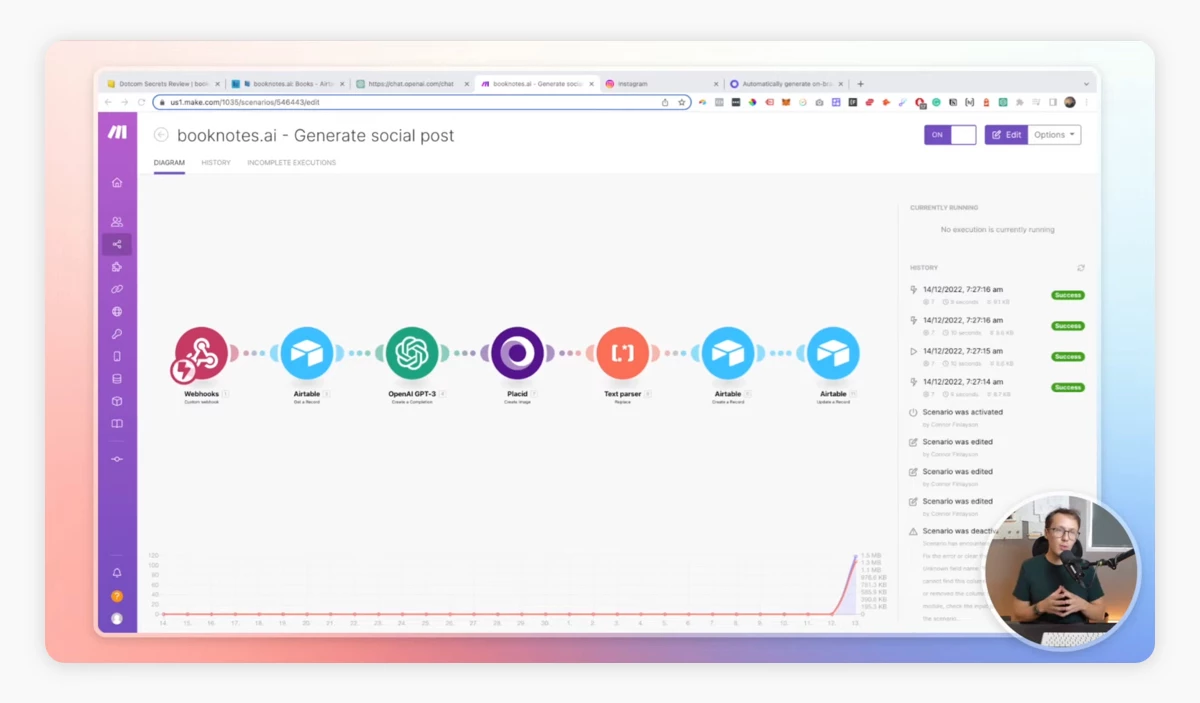
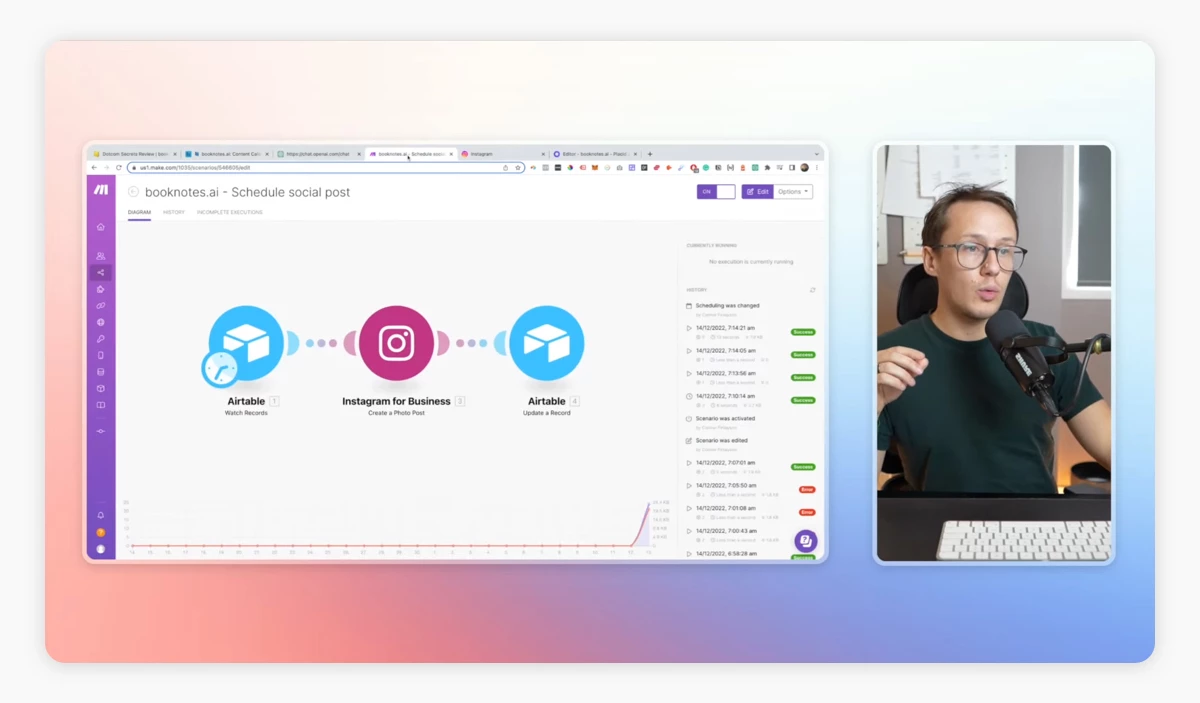
In his tutorial, Connor is walking you through creating the prompts for GPT-3 and the setup for the post-generation and posting workflows.
👁️ Watch the tutorial on YouTube or 📖 follow it step-by-step on Connor's blog!
Automated Instagram postings
You can find the finished automated postings on booknotes.ai's Instagram channel. They're giving a reason why you should read this book and 3 key takeaways – auto-generated by GPT-3 💪
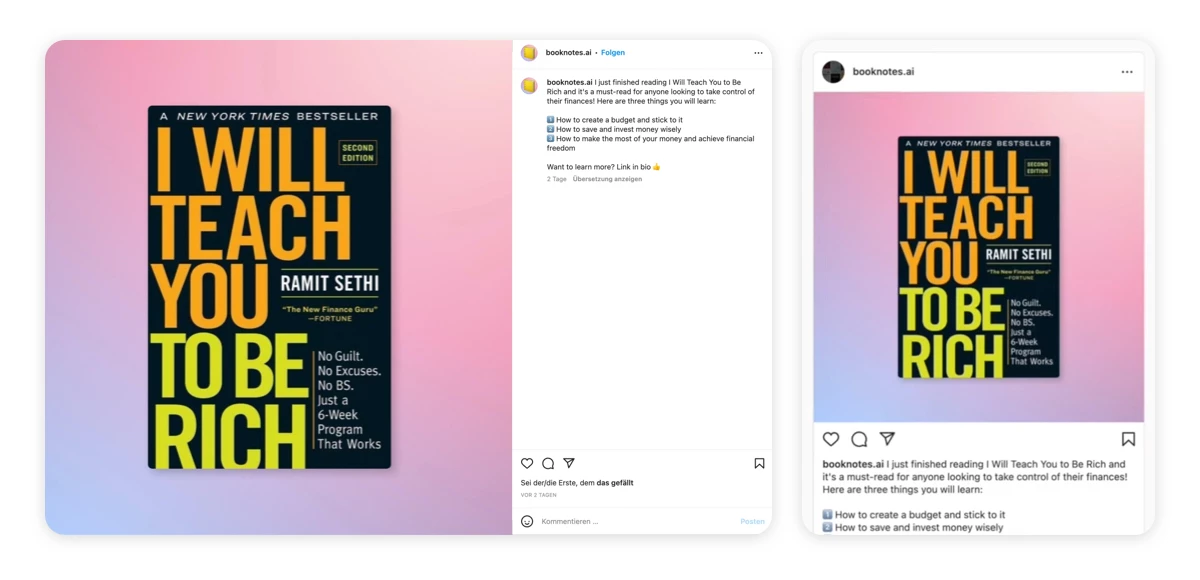
For the visuals Connor is using a Placid template with two layers that are being filled with the book covers and different gradient backgrounds.
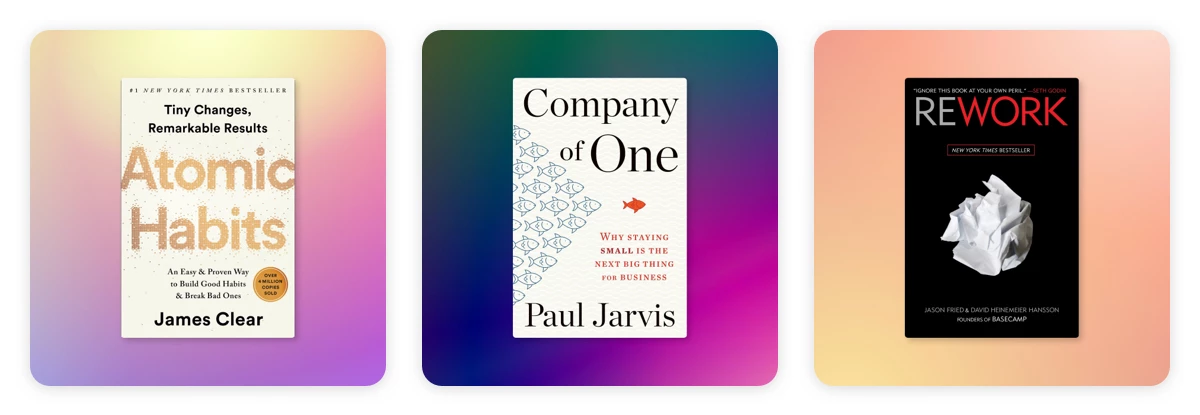
Learn more
This tutorial is not only a great example for social media automation, but also includes useful tips and best practices for organizing nocode workflows!
Be sure to check out Connor's other content about all things nocode:
- Nocode Tutorials on his blog
- Video Tutorials on YouTube
- Connor's nocode courses
- Say hi on Twitter @FinlaysonConnor




